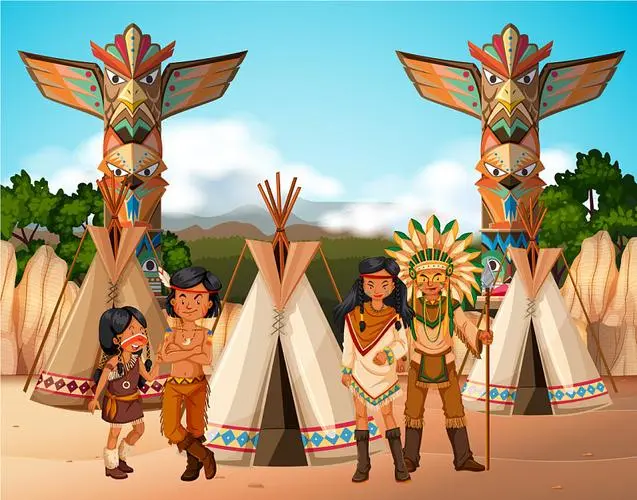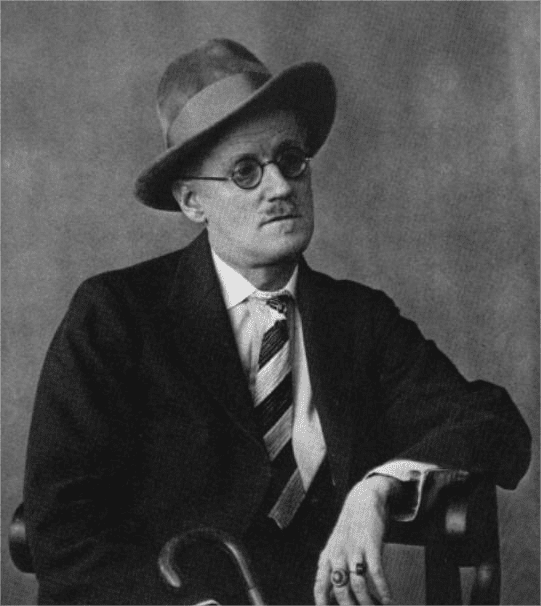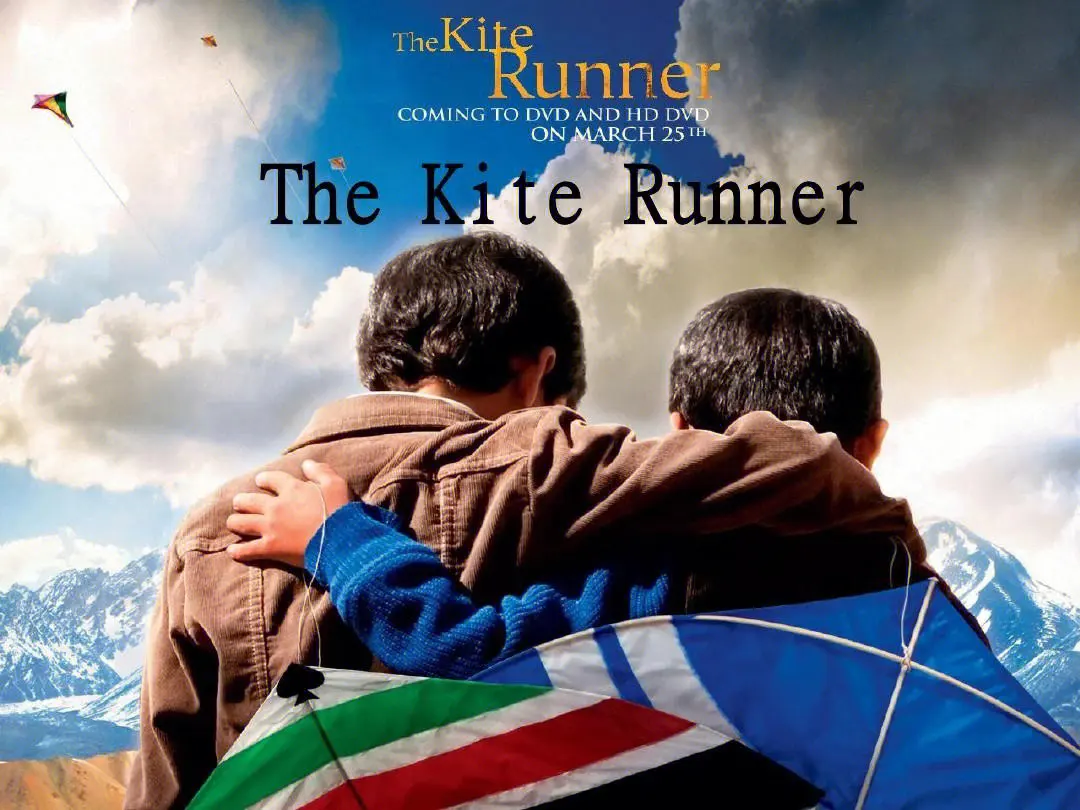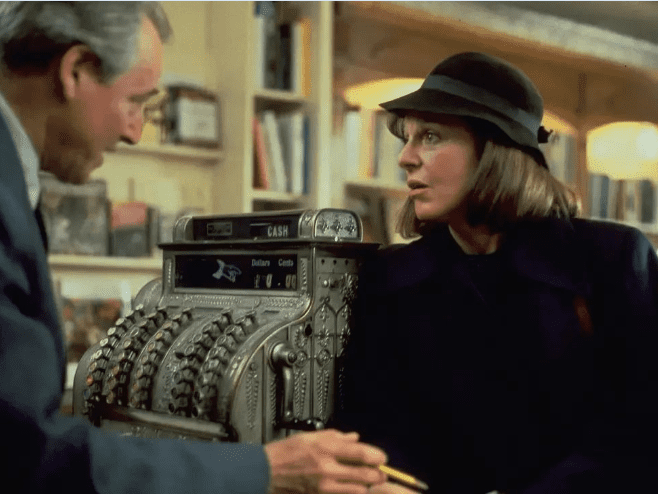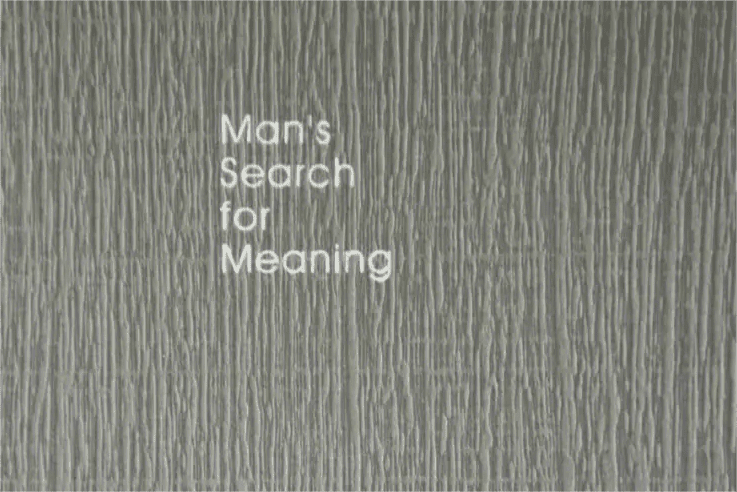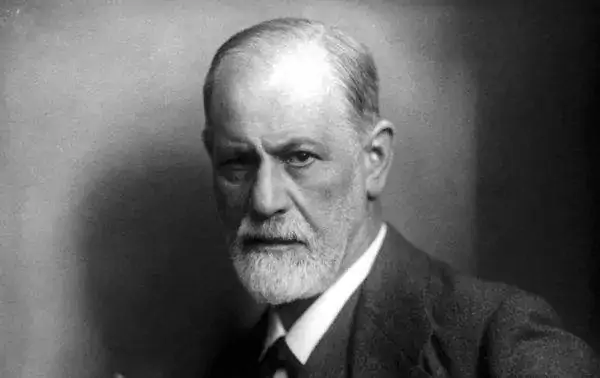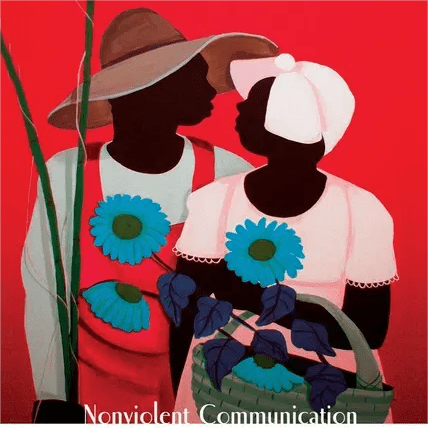The little boy Nick in “Indian Camp” is a sensitive and thoughtful man, a man who keeps himself free from violence and evil. He has a strong sense of death in his youth. At the beginning of the Nick, “nestled in his father’s arm” in the “darkness” and “fog”, he arrives at the Indian camp by boat. Nick heard the sound of another boat’s OARS far ahead… Nick lay down in his father’s arm. The lake was cold. This vision is like one’s dependence on “father” in a period of ignorance and confusion. But in the ending, Nick, after the turn of events, is a different story: “They get on the boat, they take a ride, Nick is in the stern, his father is rowing… Nick dipped his hand into the water and let it slide through the water with the boat. Early in the morning, it was cold, but the water was warm.” At this moment, the little boy Nick can be found from innocence to maturity. The novel ends with Nick’s imagination of not dying.
In the novel, Nick’s father is a Hemingway hero, who embodies a kind of demeanor under pressure. He does things calmly, never nervous or worried. He always has a way to get out of trouble. However, his education to Nick is more important reflected in an invisible education, namely the conflict between him and Nick.
Compared with the doctor and Nick, the Indian man is the one with the least ink and the most impression. There were only three descriptions: the first was what the doctor and his party saw when they entered the hut — “In the upper bunk lay her husband… It was a serious injury. He’s smoking a cigarette and the room smells like smoke “, and the second is the Indian man’s reaction to the conversation between Nick and his son — “the husband rolled over on the top bunk facing the wall”. The third scene is a gruesome shot of blood. Hemingway’s objective and realistic description of these three places gives readers a picture of how the Indian men suffered. He felt pain on so many levels — from the physical trauma, from the anxiety of his wife’s difficult birth, and above all from the spiritual frustration of the white doctors who had arbitrarily abused his dignity. He was burdened with the pain of being a man, a husband, and especially a Native American, so suicide became his best choice and permanent relief.
There are only four descriptions of the Indian woman in the text. Although this is an understatement, it gives the reader a clear, full picture of a woman who perseveres in the face of difficult childbirth. Through her strong, we can see that she cherishes life. At the same time, she makes Nick understand the value and difficulty of life and the greatness of women.
The suffering of all the people in the novel stems from the conflict between the cruelty of reality and their own powerlessness: the conflict between the Indian woman’s childbirth and difficult childbirth; The racial, cultural, and human conflict between the Indian man and the white doctor; The conflict between Nick’s perception of the lightness of life and his psychological weight. The four different levels of pain in the novel reflect the basic conflict between man and nature, between man and man, and between man and self.
The baby was painlessly reborn with a jackknife, while the father easily ended his life with a small razor. The three knives applied to different parts of the body were carefully chosen props for Hemingway to keep rolling out brutal scenes and finally opening the curtain on tragedy. However, describing shocking violence is not Hemingway’s ultimate intention, he wants people to see the violence behind the various suffering of different characters. Therefore, it is safe to say that Hemingway’s purpose of constructing these three characters and the purpose of creating Indian Camp is to emphasize the meaning of pain to human beings: human beings feel pain all the time — natural, psychological, spiritual; And it carries pain in all sorts of ways — either bewildered acceptance (like Nick), discouraged chewing (like the white doctor), or passive extinction (like the Indian man). From this point of view, Indian Camp actually implies the author’s outlook on life and life — “I believe that life is a tragedy, and I know that it can only have one outcome.”
In Indian Camp, the whole story revolves around the plot of Nick and his father going to the Indian camp to rescue women in labor. The novel shows readers a heroic picture of saving people in fire and water through the clear veins of the story’s occurrence, development and even climax, which is exactly the unique feature of Hemingway’s style. However, from several vivid dialogues and the Indian husband’s subtle behavior description, you can deeply feel the image of racial discrimination, feel the opposition between good and evil. Although the novel takes the dialogue between Nick and his son as the main line, the poor, kind and friendly Indians are displayed in front of the readers in Hemingway’s pen.
In the world of white doctors, Indians are like animals to be slaughtered without any respect or sympathy. Readers can deeply understand the humanitarian spirit of respect for Indians and the critical spirit of racial discrimination of white people contained in Hemingway’s short description.
First of all, the language of the novel is simple and implicit, and the prose is picturesque. The bloated figure of the mother, the sterilisation of the doctor, the struggle of the Indian woman in the operation, the surgeon’s operation to remove the baby and the cutting of the umbilical cord are simple and coherent. At the same time, the major themes of life and death are set off by the environment. For example, the beginning describes “two boats rowing out in the dark”, “in the fog” and the “cold” of the lake. At the end of the article, the sun rises and the bass jumps to symbolize the fleeting death. Secondly, he created a new style of writing: he replaced the description, narration, discussion and explanation in traditional novels with the words of characters. Hemingway was a writer who carried out a radical reform. The novel is very good at using dialogue to depict characters and develop plots. The colloquial dialogue in the novel does not use flowery words or decorative language, so that the dialogue appears plain and simple. For example, the doctor said a paragraph after the operation, showing his pride and calm and confidence as a doctor; Nick, on the other hand, asks his father to give the mother an anesthetic to stop her screaming, showing his compassion and sensitivity, in sharp contrast to his father. Thirdly, the calm narrative language fully reflects Hemingway’s “iceberg theory”. There is no author in the novel, and the reader can only feel the presence of the narrator’s voice indirectly. For example, when the novel describes the Indian man’s suicide from Nick’s point of view, the motive, process and the thought of the moment of suicide are all omitted, leaving only the bloody corpse. Hemingway has conveyed deep thoughts to the reader between the lines.
Finally, the use of “telegraphic phrases”, as in “On a plank bed in the house lies a young Indian woman who has been giving birth for two days. The baby won’t be born yet. The old women of the camp came to help her and take care of her.” The language is plain and simple, and the sentences are short and meaningful.


